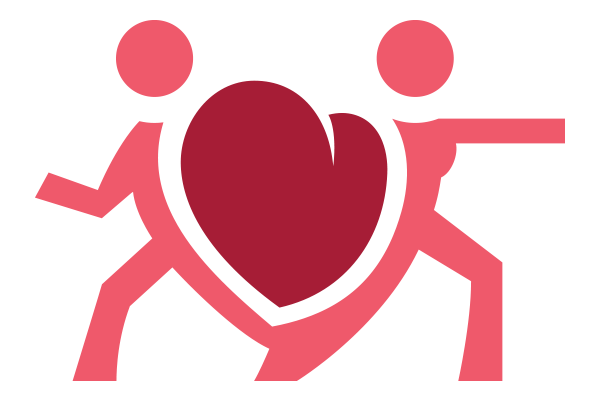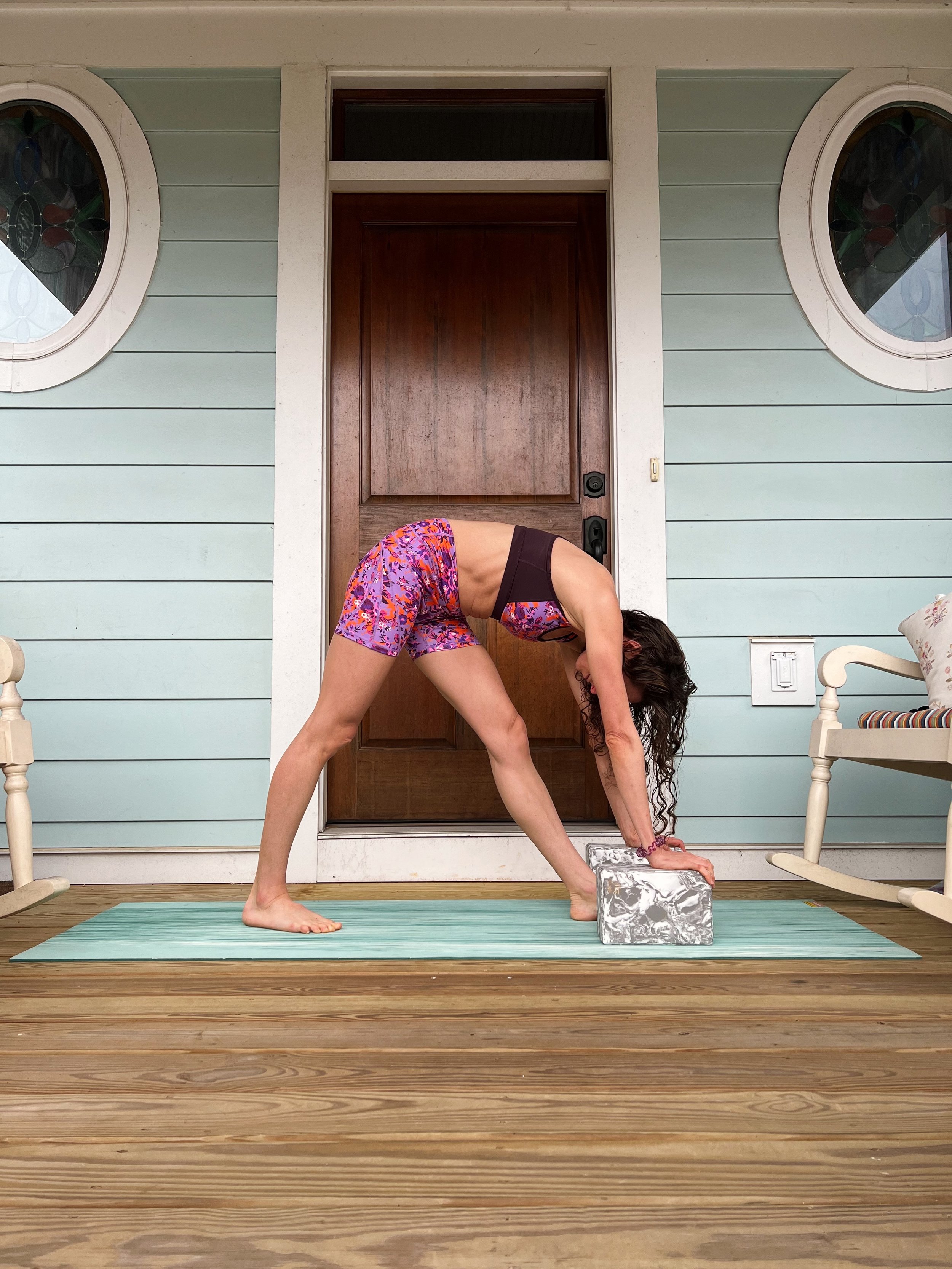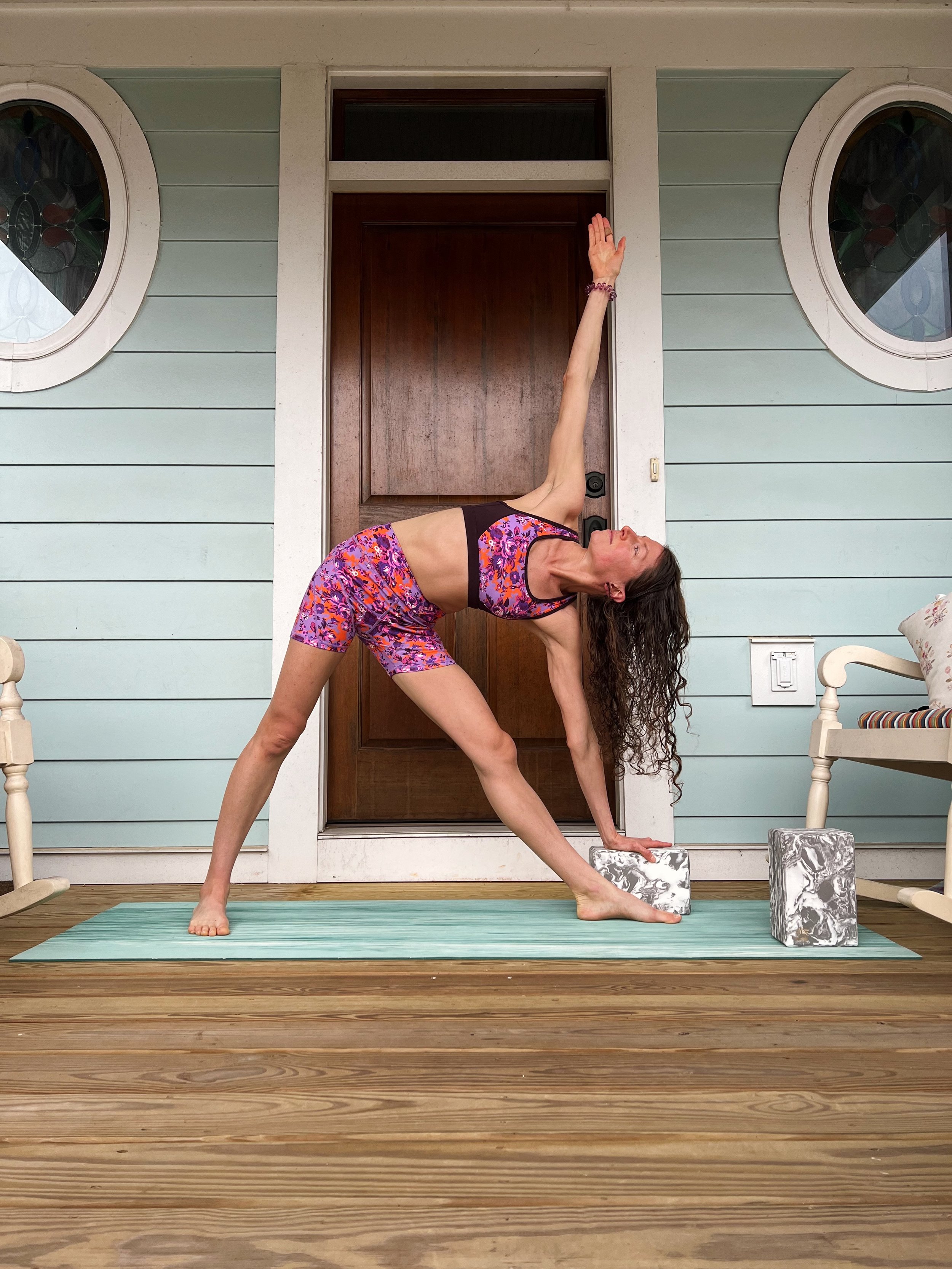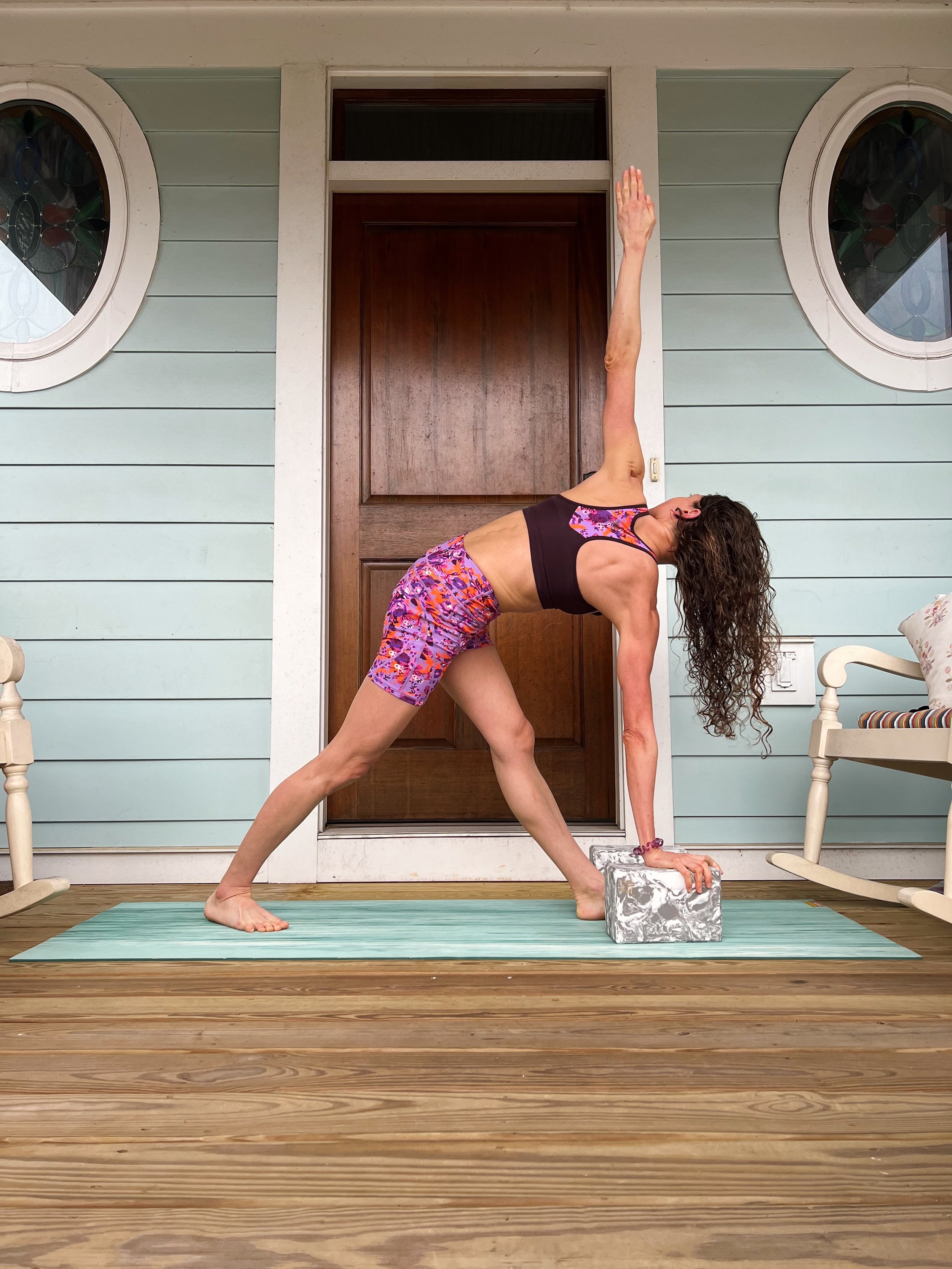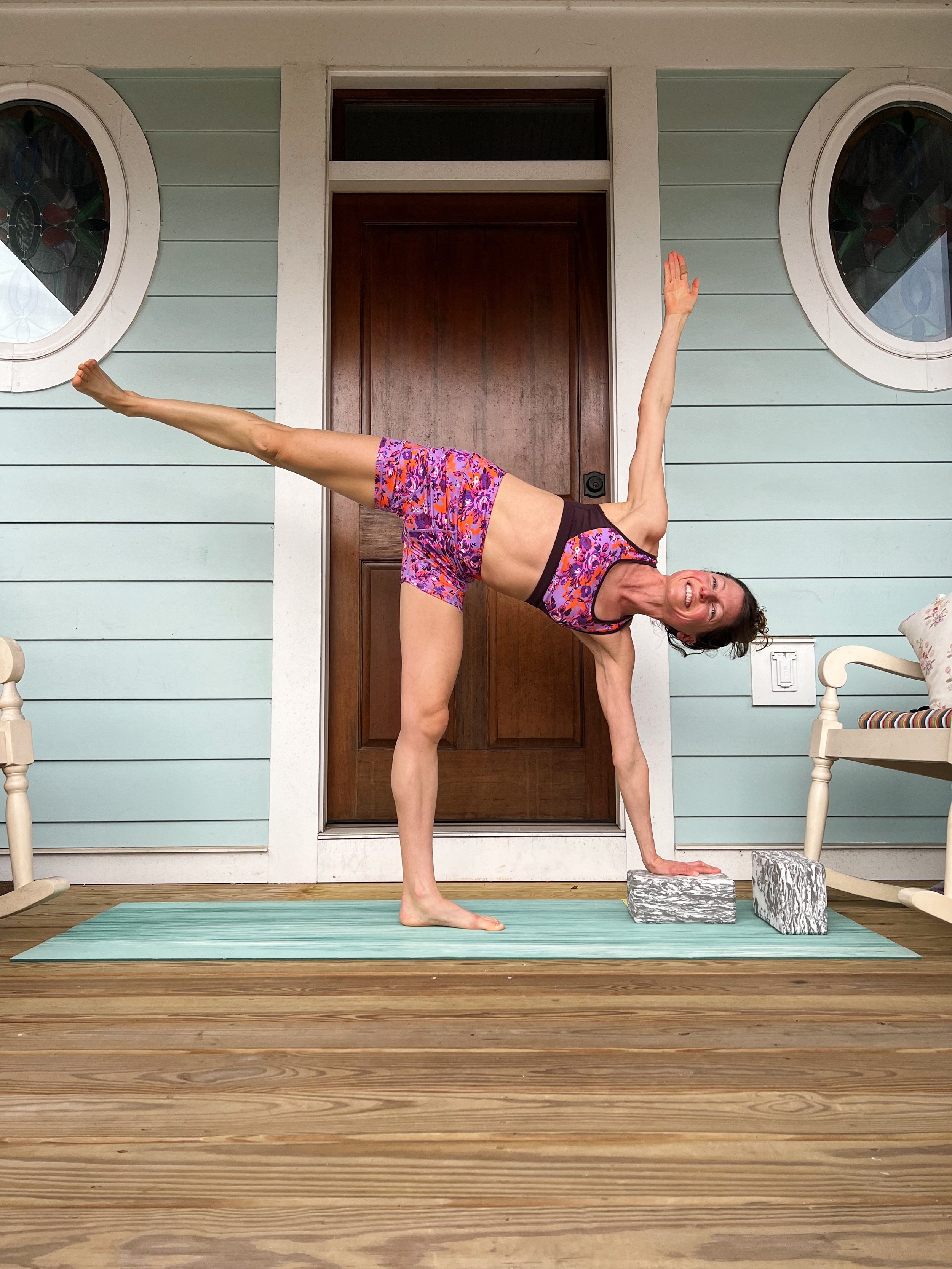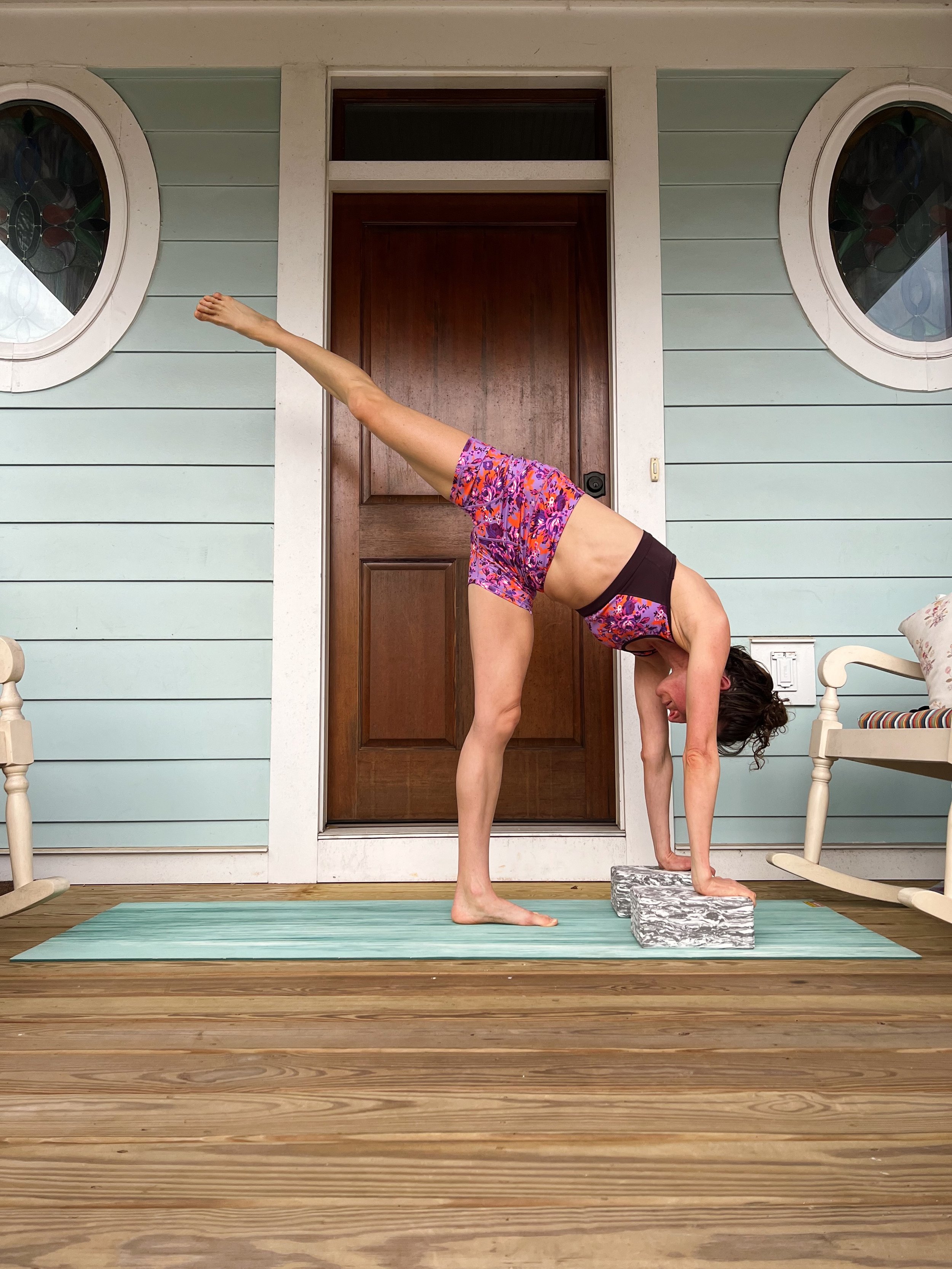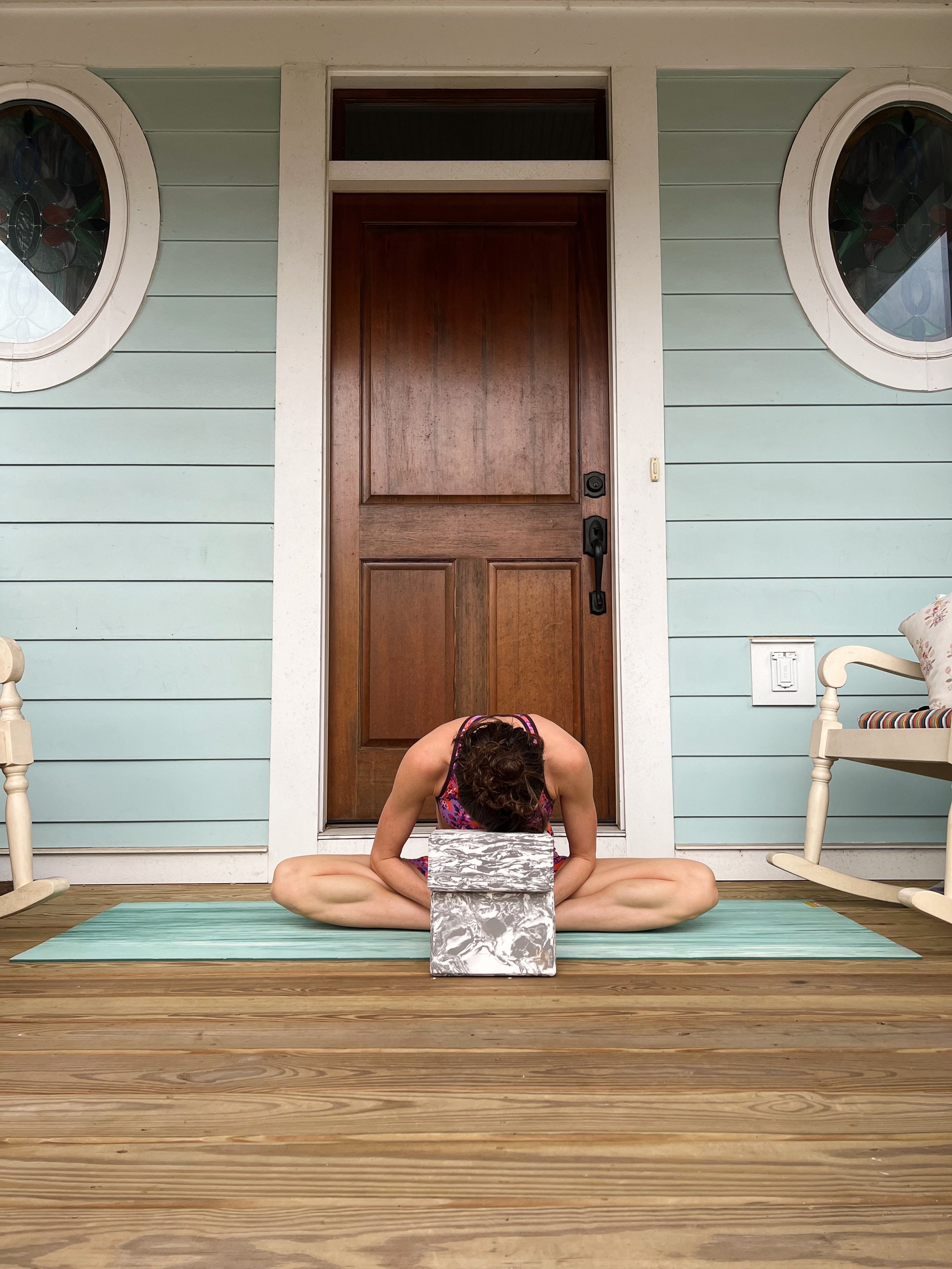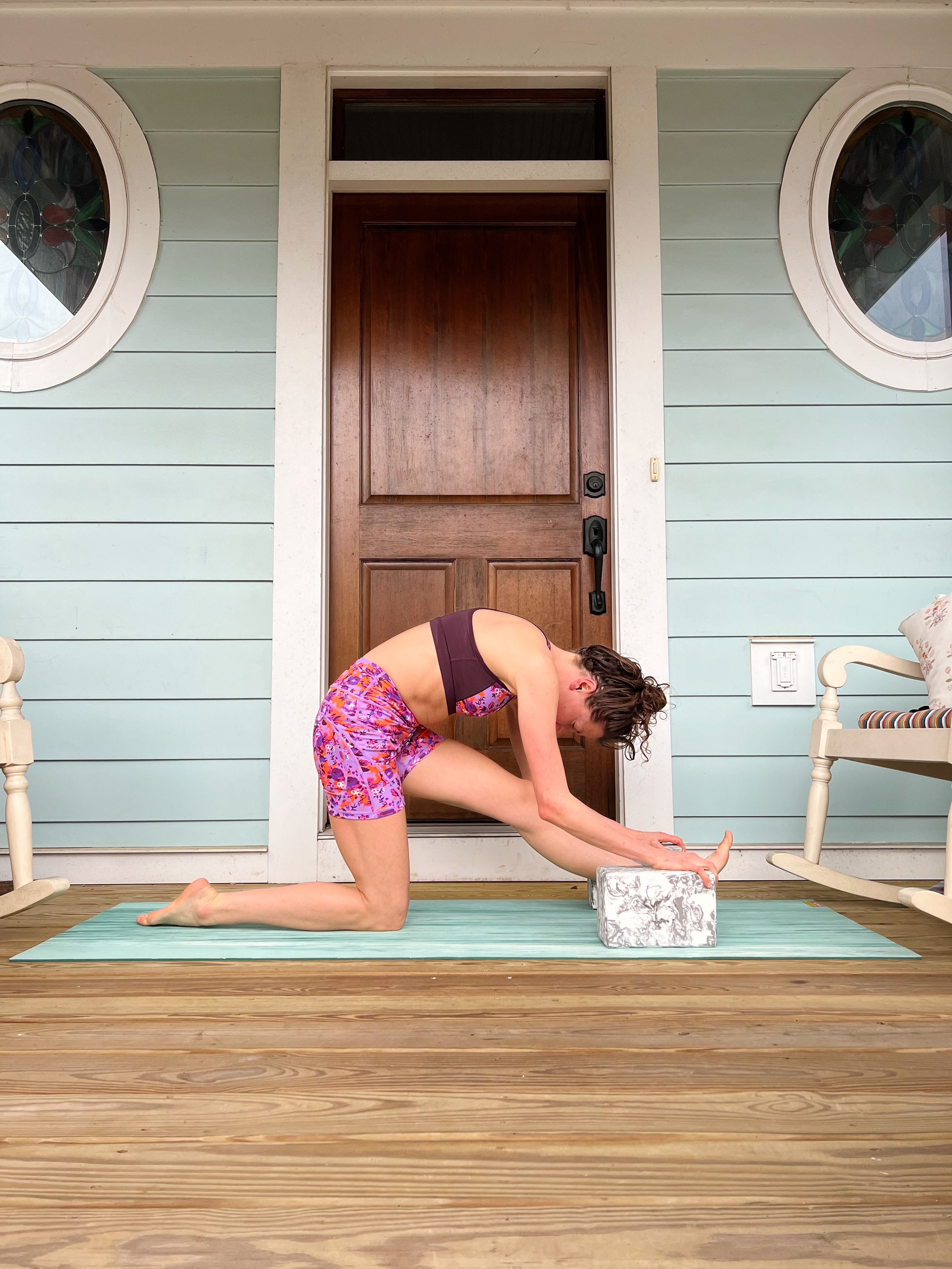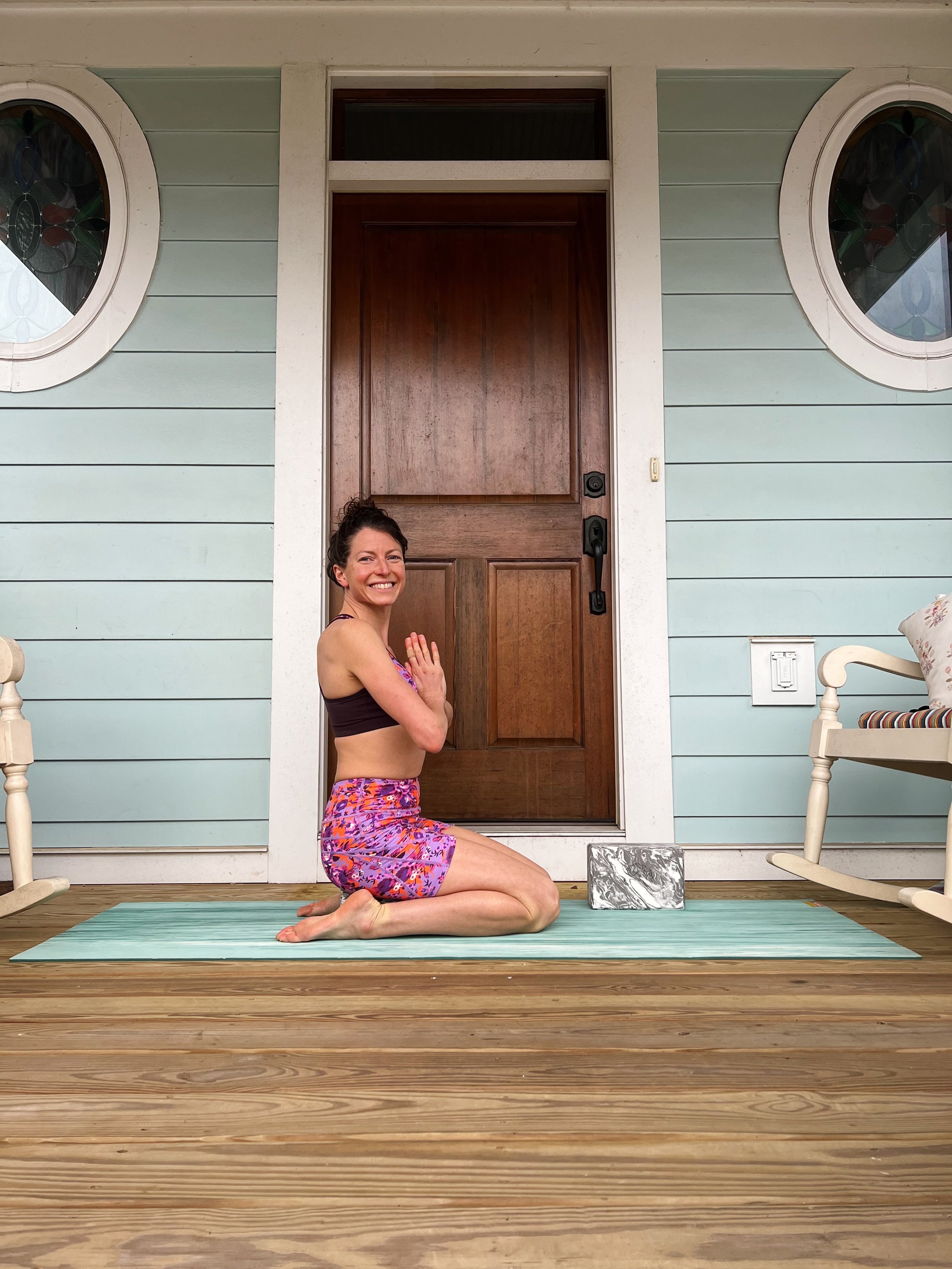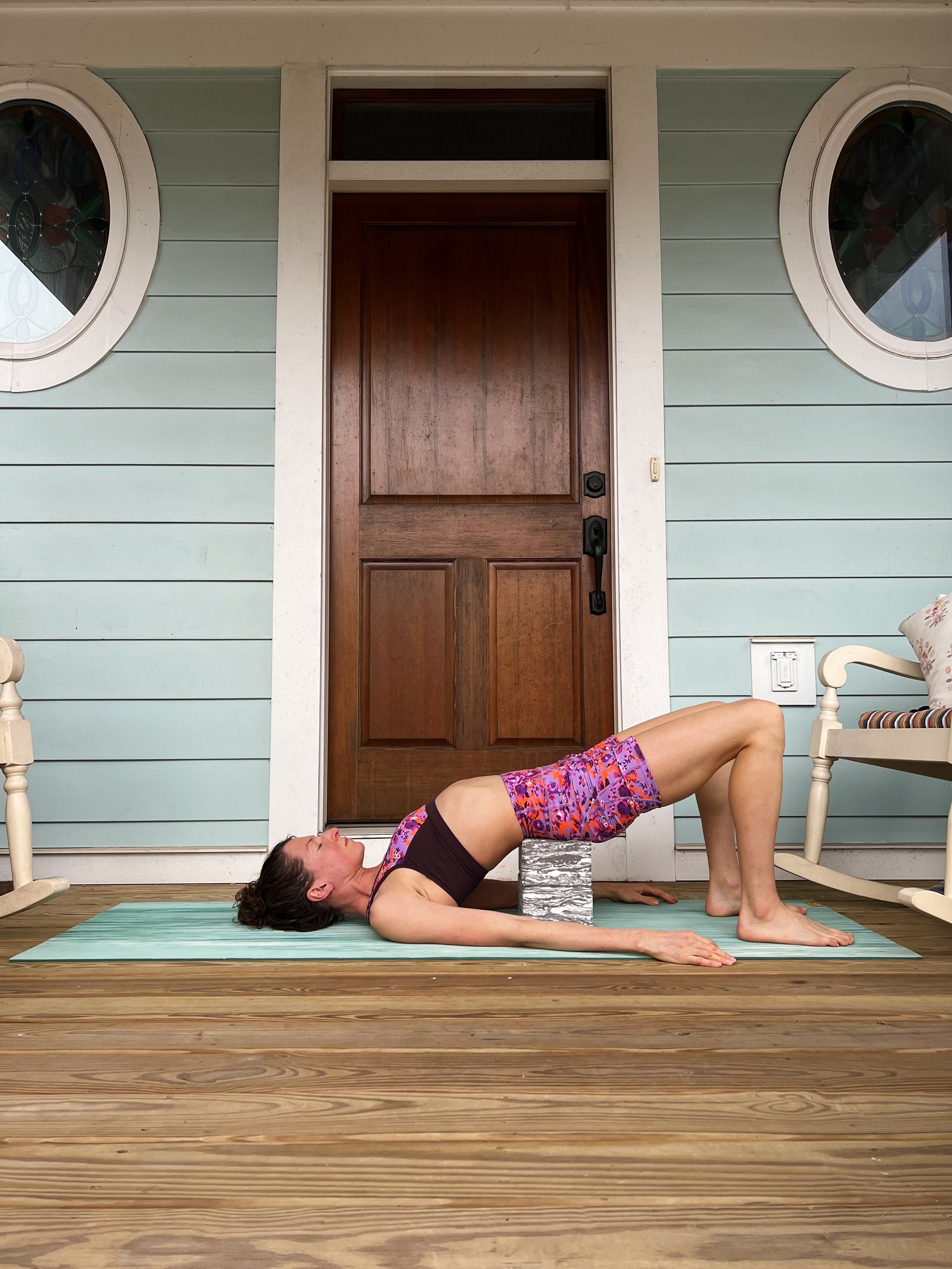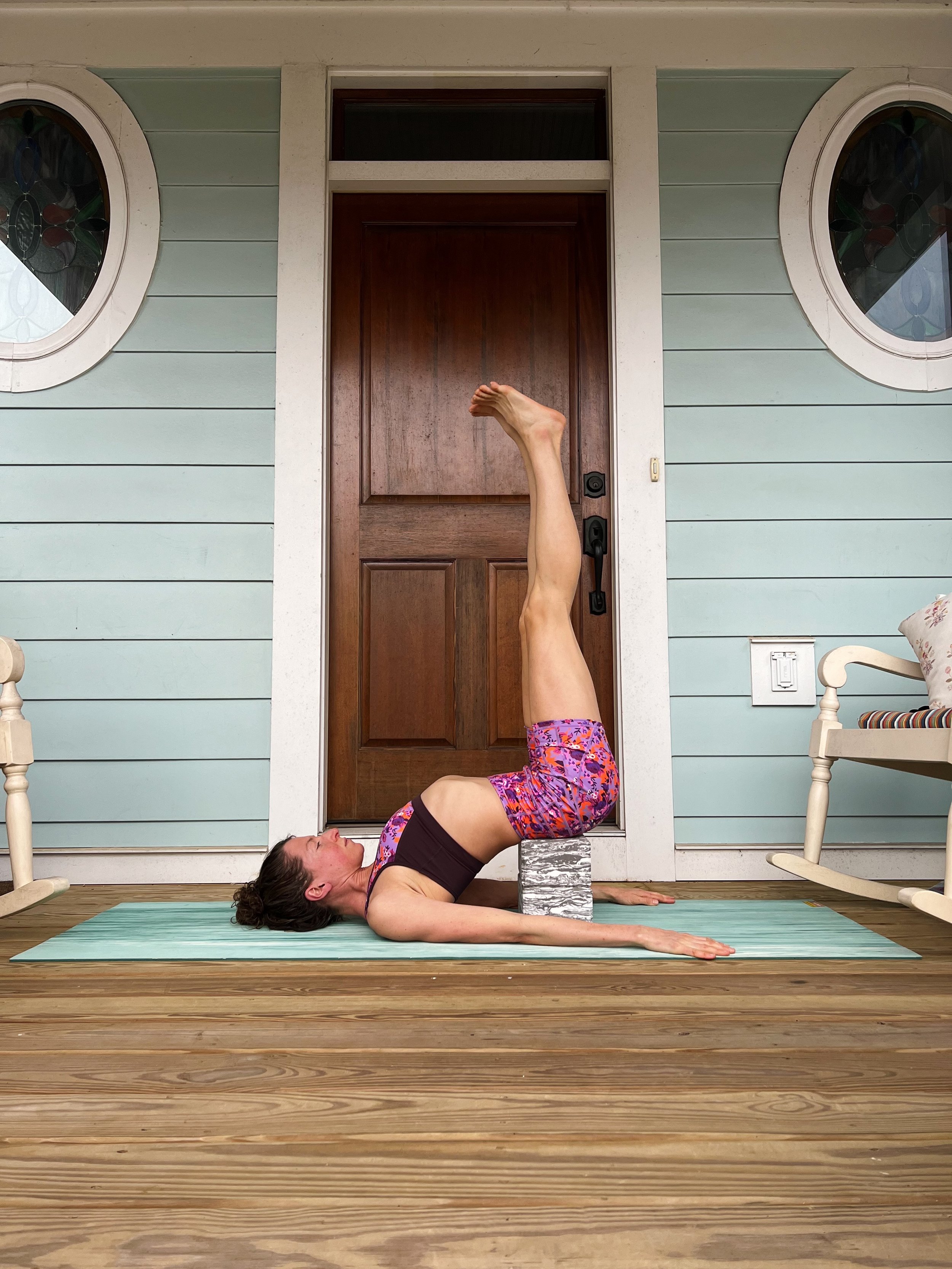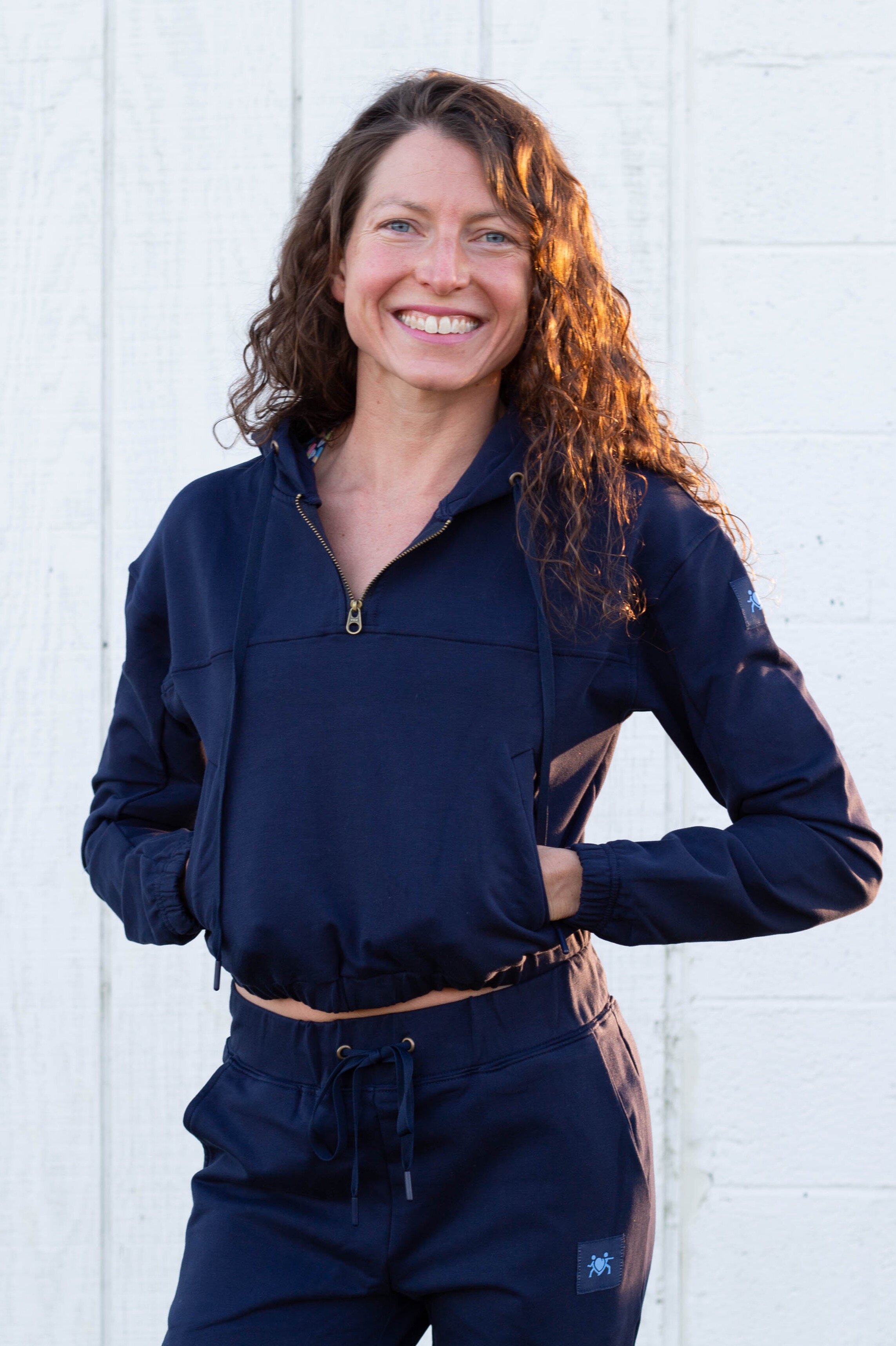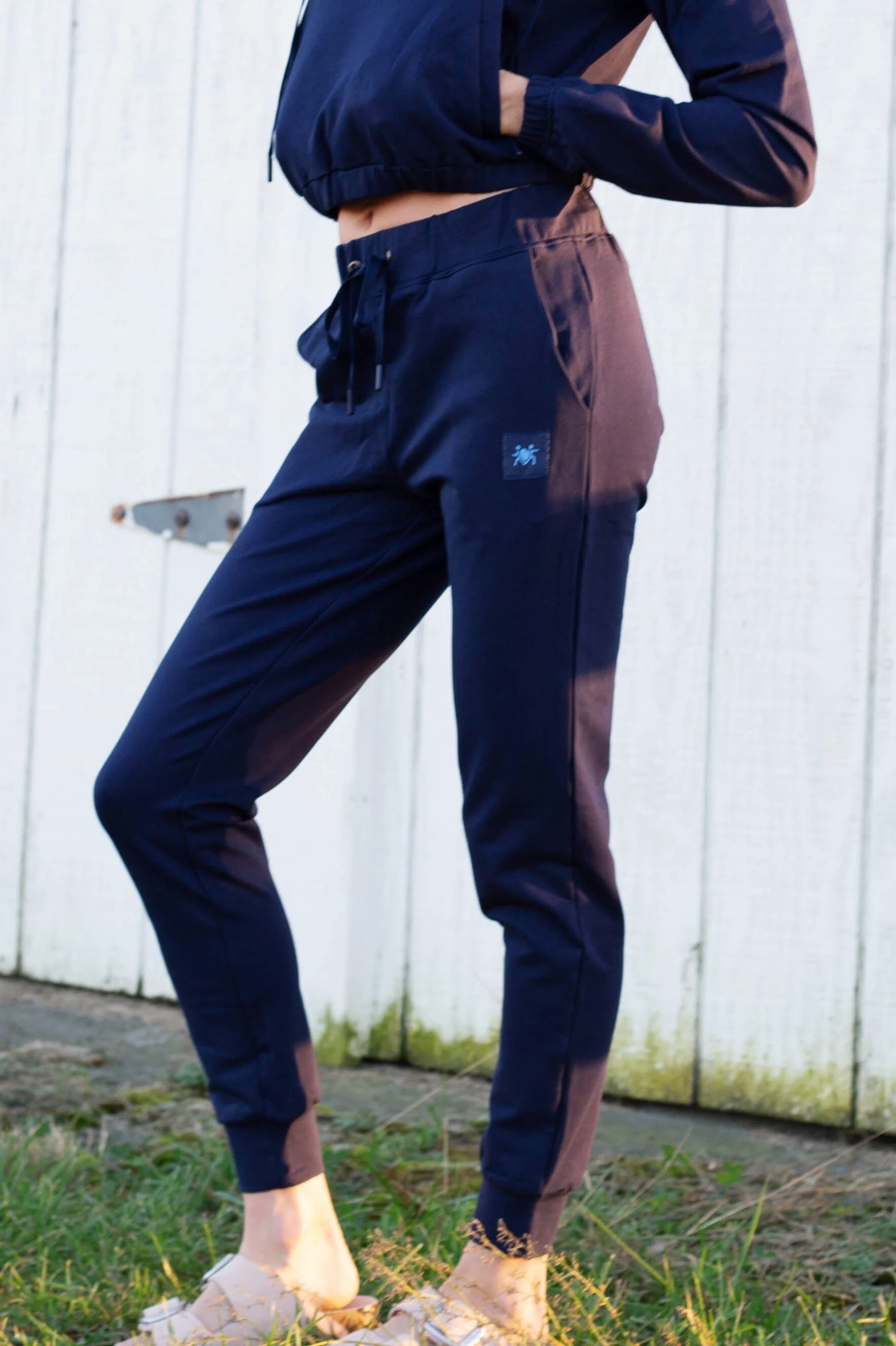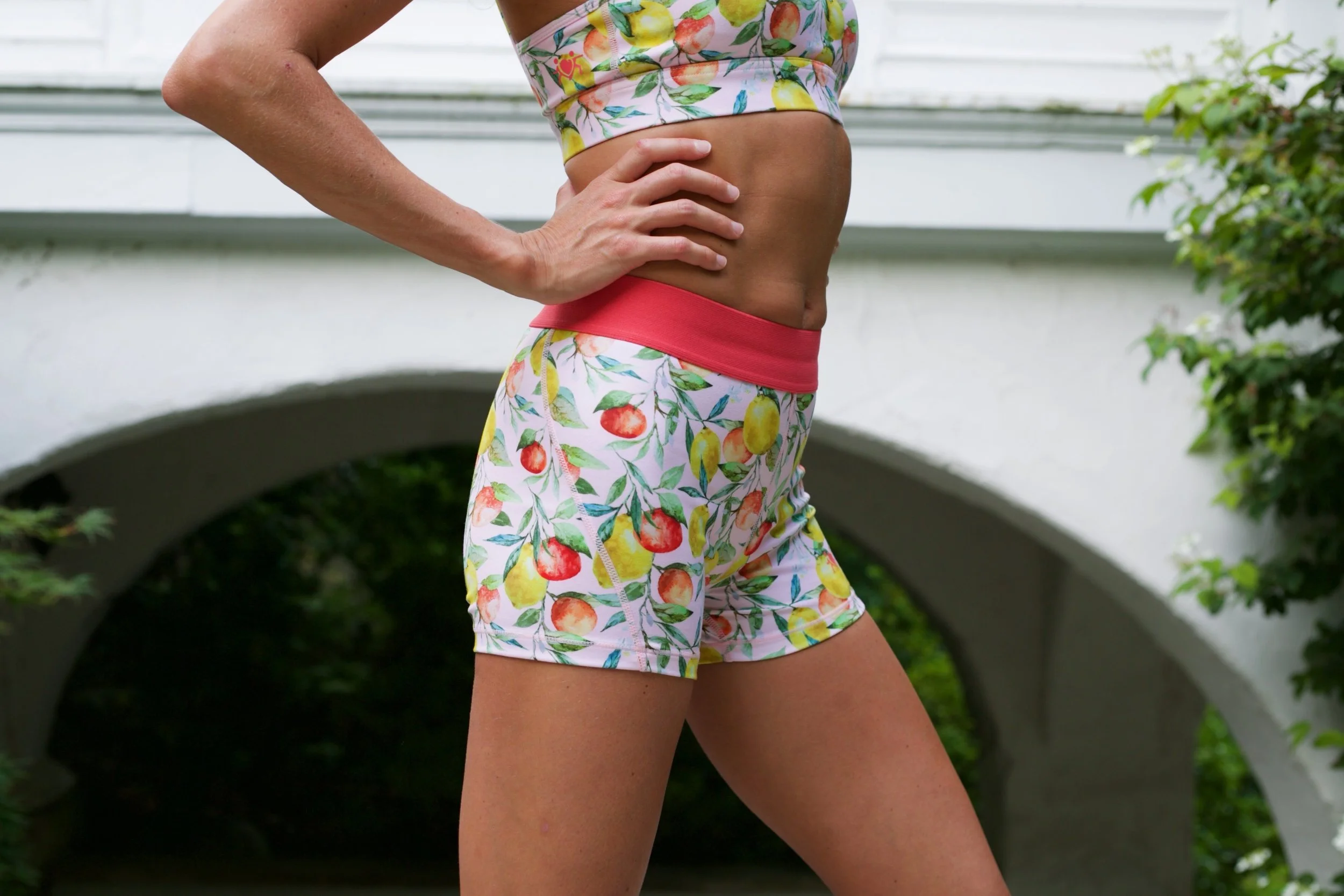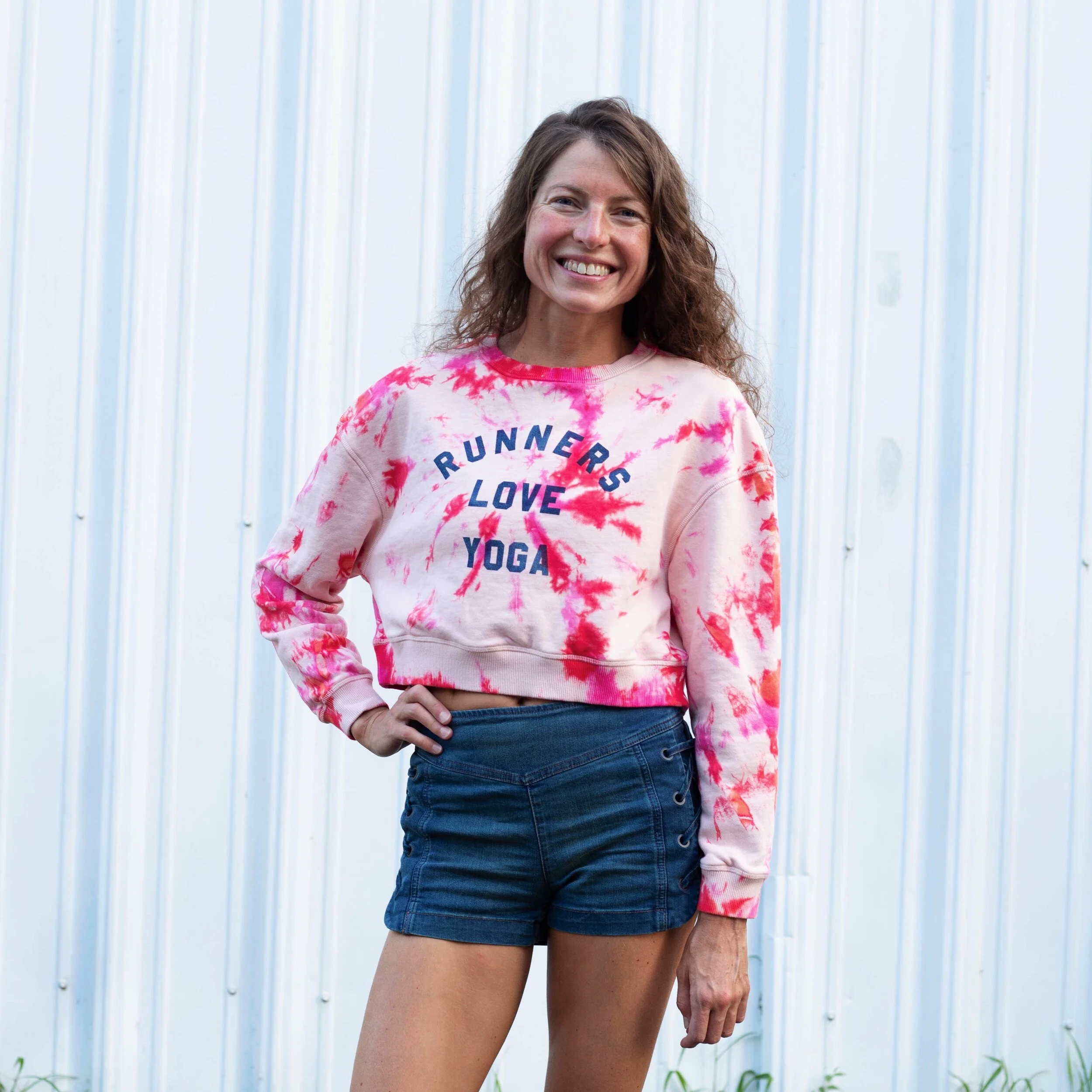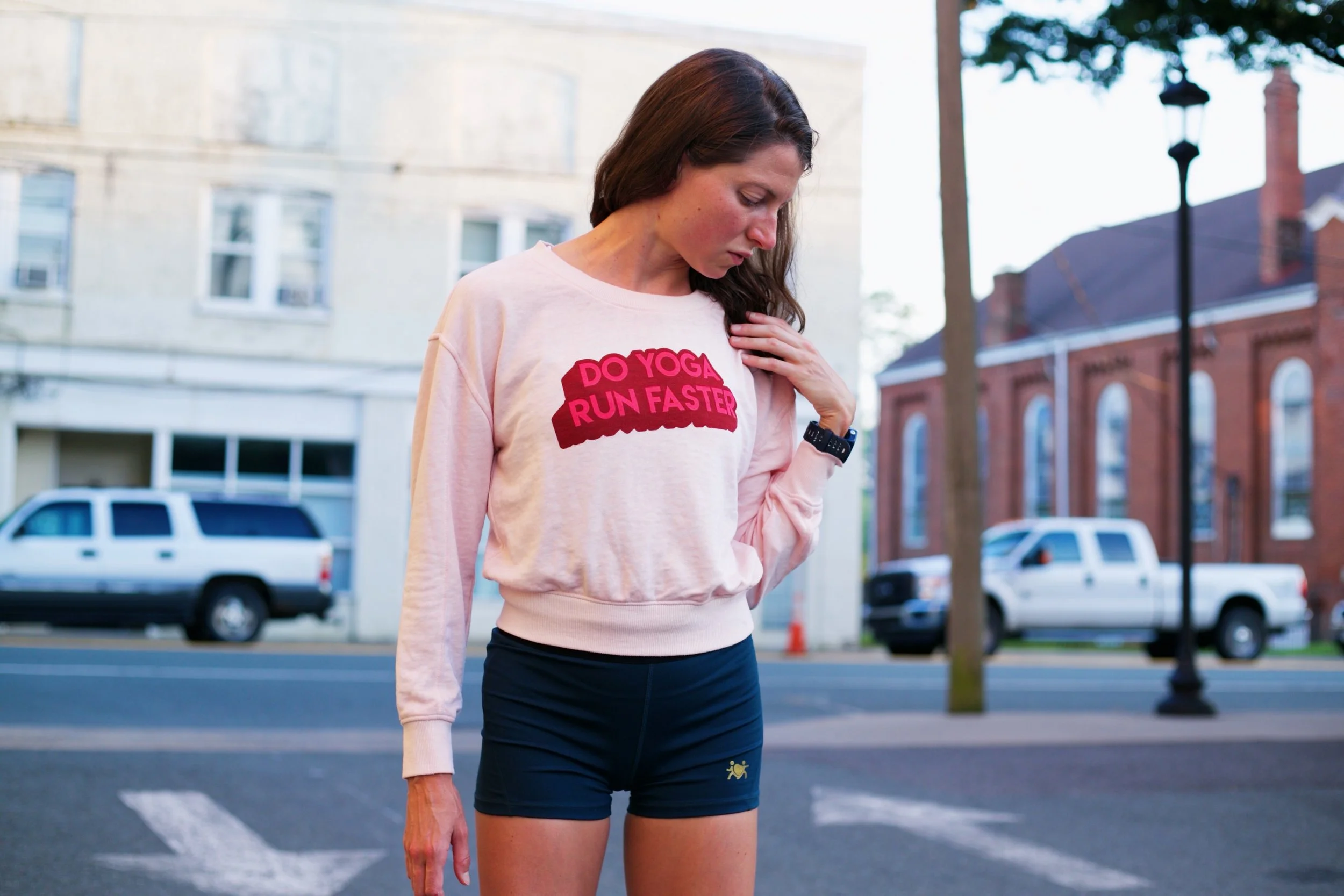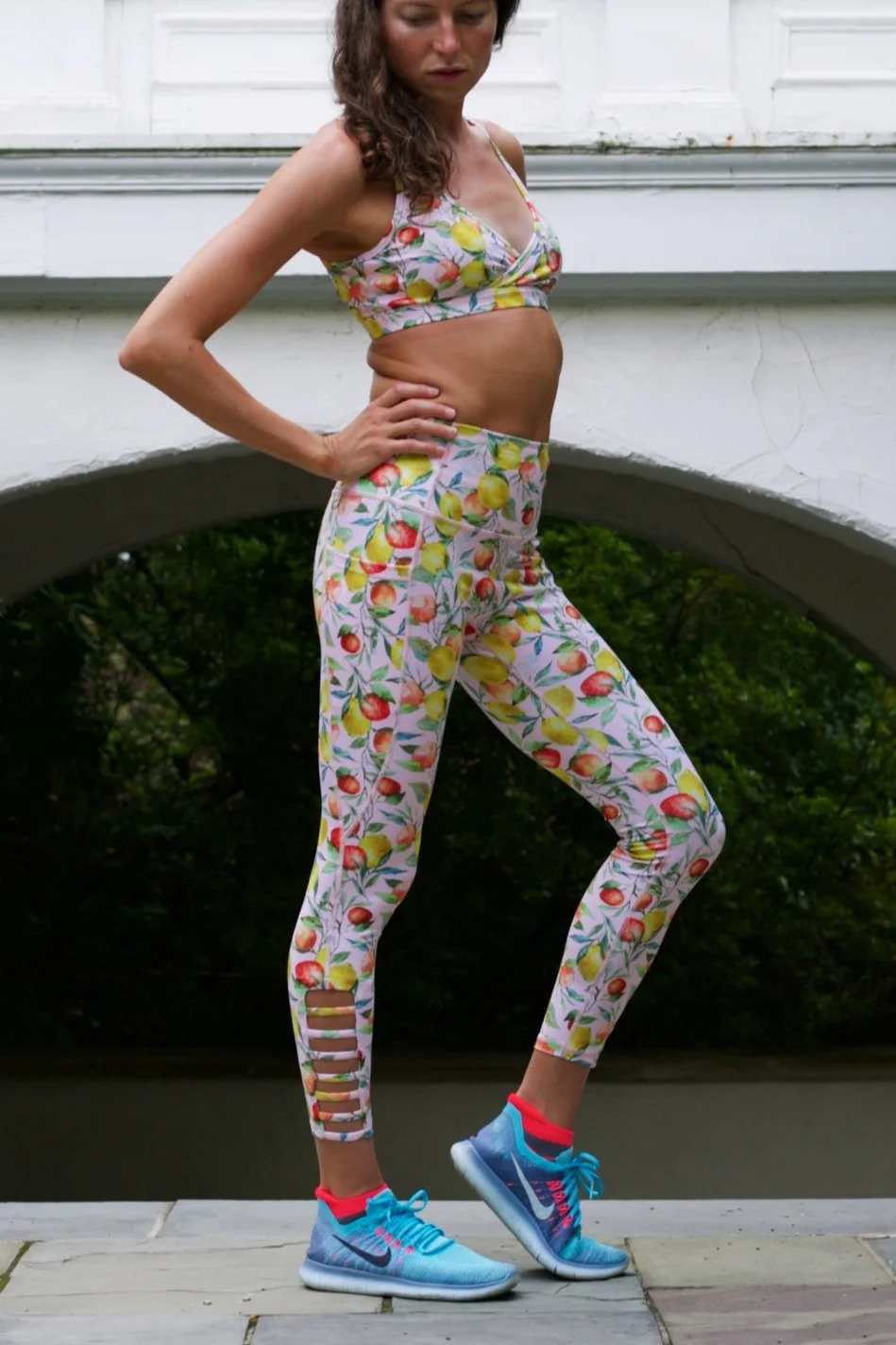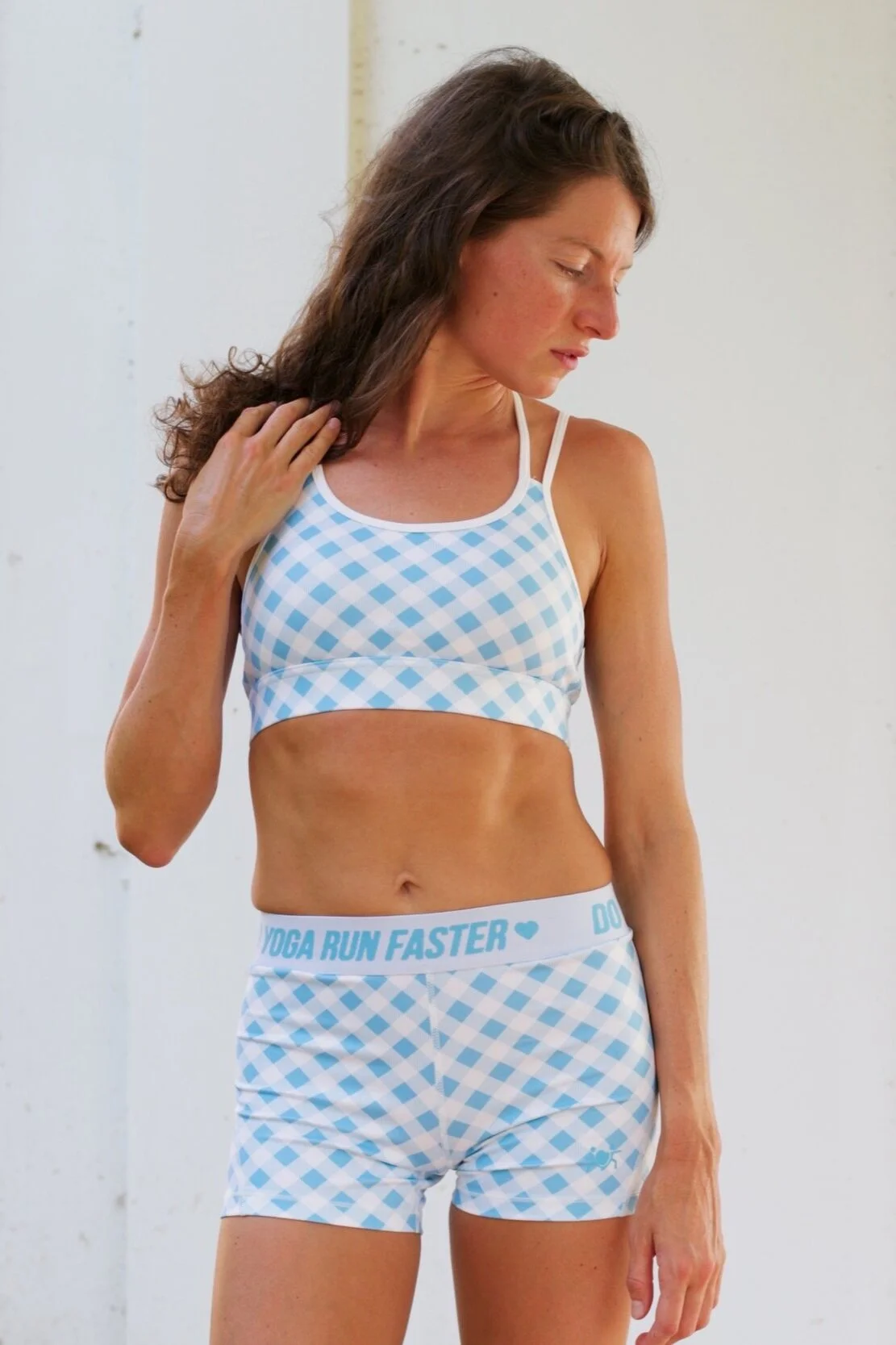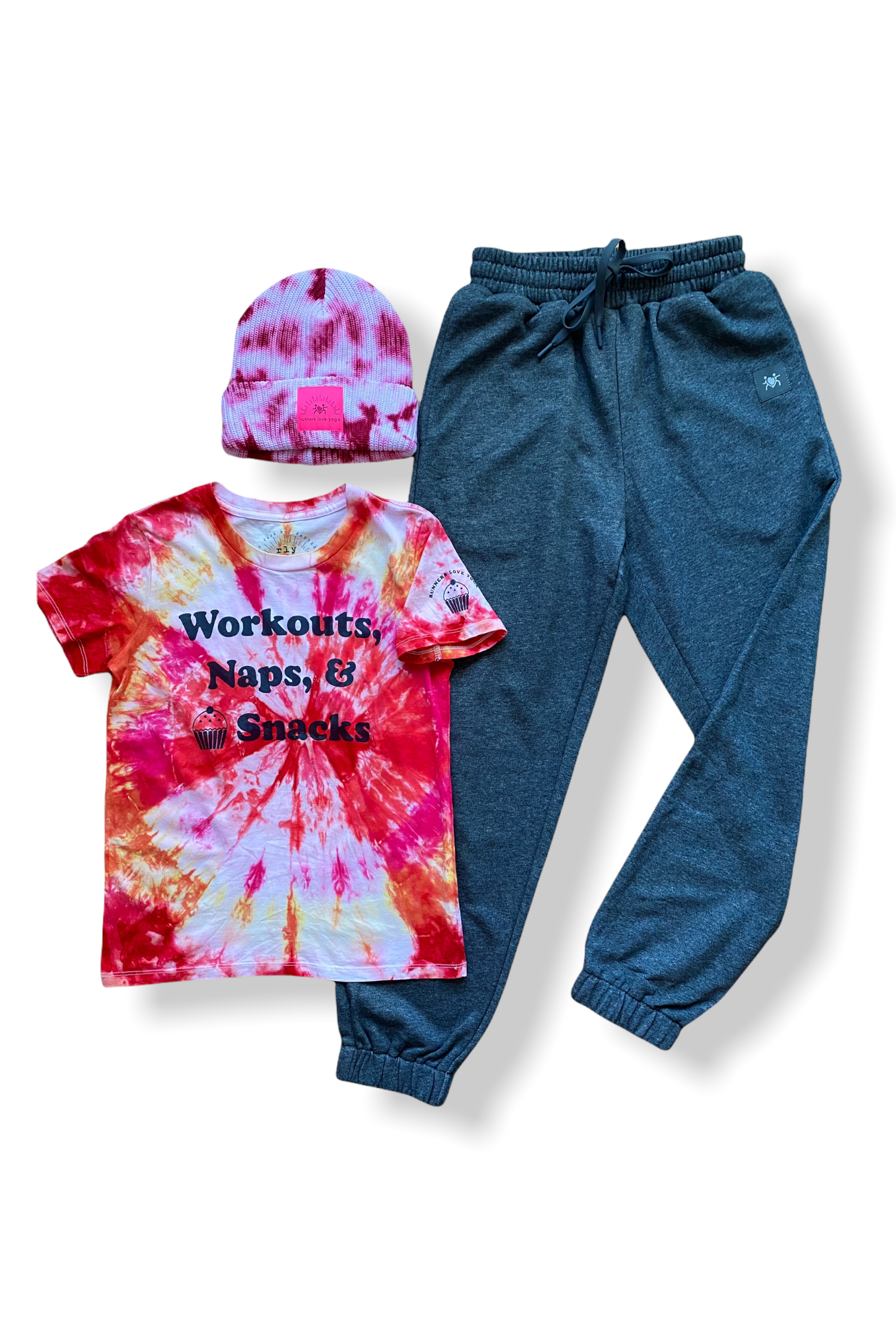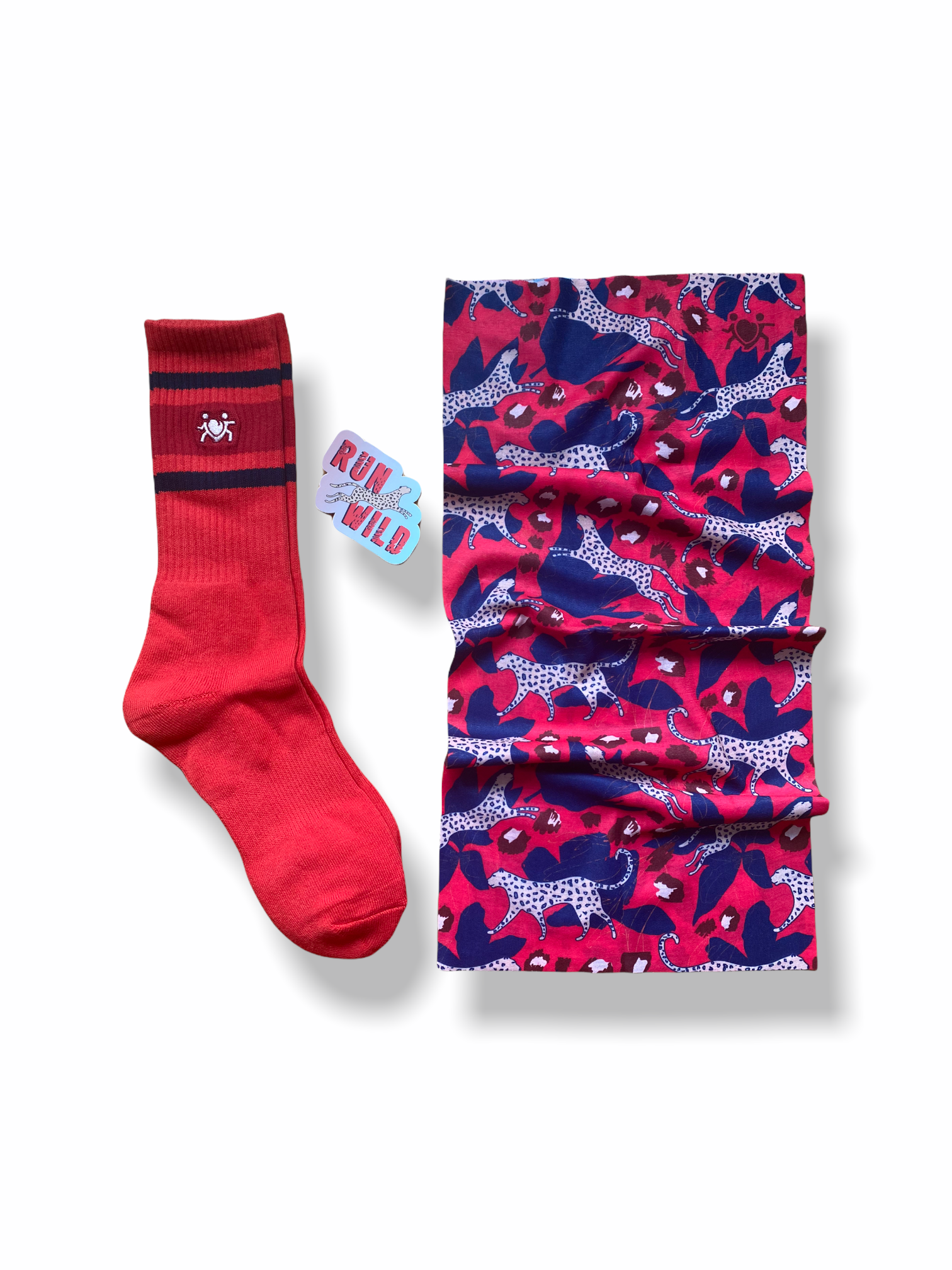15 Actually Very Helpful Ways to Use Yoga Blocks in Your Practice
Incorporating yoga blocks into your practice can do all of the following: make a pose more accessible, deepen the stretch of a pose, and sometimes it will actually do both of these. Very often making a pose more accessible allows you to get a more targeted or specific stretch! You should never feel like you are in any way lessening your practice by incorporating props; on the contrary, props can allow you to be more in tune with what you need in any given pose on any given day, and to be more attuned to how seemingly small changes—like putting a block under a palm—can drastically change how a pose or your balance feels for the better! Advanced yogis use props!
Here are the 15 ways that I most commonly use yoga blocks in my practice. Be sure to get a pair of blocks! As you will see here, the most common manner of incorporating them involves placing blocks under both palms.
1. Under palms in parsvottanasana (intense side stretch pose). Besides helping with balance, this allows you to focus more on the legs! Think of pulling back hip forward and front hip back gently. I always have thought that the Sanskrit for this one is interesting because it is a side stretch but it is also so much a leg stretch! See if you can feel both!
2. Under the bottom palm in trikonasana (triangle pose). This one particularly can make it easier to think of lifting up through the top arm and keeping you long and strong in all directions.
3. Under the bottom palm in parivrtta trikonasana (revolved triangle). Here you can experiment with block placement either inside (less intense) or outside (more intense) of the front foot.
In all of the above, the blocks can give you extra support and stability with balancing, but they are especially helpful as a flexibility aid—if you are not fully comfortable with hand or hands on the ground, the blocks give you that extra bit of elevation so you can really focus on and get more out of the stretch.
4. Under palm in ardha chandrasana (half moon). For this one, place the block a little off center—not directly in line with bottom foot, but think of placing the block so the inside side of the block is in line with the outside edge of your foot.
5. Under both palms in urdhva prasarita eka padasana (which I much more commonly call standing split, shown here) or in standing L (the same position with heel and leg straight back rather than up). Here the blocks function very similarly to how they do for you in parsvottanasana (#1) and half moon (#4) by giving you an extra boost off the ground so that you can get a better stretch and feel more balanced and stable while doing so.
6. Under elbows in melting heart. Lest you think blocks are only for challenging balance poses, think again! Blocks are a great aid towards relaxation. Here they allow you to get a deeper shoulder and upper back stretch!
7. Under the forehead in baddha konasana (bound angle). This is where you may also find more than one block helpful! You can also stack additional pillows or blankets as needed until your forehead is able to really rest down. This is funny, but this pose with blocks always reminds me of a Sesame Street book that I had when I was little called Grover’s Resting Places: each page had a spot where you would place your elbow, your finger, etc. to allow it to “rest.” On one page, there was a forehead resting spot. This pose feels a lot like that! (Obviously Grover knew what he was doing since I can still remember this!)
8. Under palms in uttanasana (forward fold). Here experiment with knees a little bent versus knees straighter or straight: you can often get an interesting hamstring stretch with knees a little bent if you also think of pressing your bum towards back of the mat.
9. Under palms in prasarita padottanasana (wide legged forward fold). Reminder to be sure toes are pointed a tiny bit inward here to protect the knees. This one is very helpful if your hamstrings are very tight!
The above 3 poses with blocks are also a wonderful progression sequence into pigeon pose (eka pada rajakapotasana).
10. Under palms in low lunge (a variation of anjaneyasana). This is probably my favorite instance of blocks deepening the stretch in a surprising way. Often with blocks under the palms, you will find you get a stretch in an entirely different area of the hips and legs. Try this one both with and without blocks and notice where you feel the difference!
11. Under palms in ardha hanumanasana (half split). This one feels very much a similar use to parsvottanasana (#1) in allowing the leg stretch to be more accessible and easier to fine tune with the extra boost off the ground from the palms.
12. Under forearms in what is often called lizard (essentially a low lunge with front leg planted wider to allow both forearms or palms to rest on the inside of that foot). Note here you can very much put palms rather than forearms on the blocks to make the stretch less intense. I often like to use blocks as a stepping stone of sorts into a deeper version of a pose; this is a very good example of that. So, I might start with palms on blocks, move to forearms on blocks, and then to palms on floor, then finally forearms on the floor.
These last 3 are amongst the more interesting ways to use blocks—notice here that all of these involve the block or blocks in a unique placement from what we have seen thus far!
13. Under your bum in virasana (hero’s pose). Reminder that in hero’s pose, your knees should be able to remain comfortably together (otherwise just don’t do this pose!). Begin in a kneeling position with knees together and place the block between your heels where your bum would land if you sat down. Then, manually roll the calves outward (yes, use your hands!) as you then come to sit on the block. This is a helpful modification if sitting on the ground in virasana is too intense for either calves or knees!
14. Under sacrum in supported setu bandha sarvangasana (bridge pose). Try this one as a way to really relax into the backbend here, allowing legs to totally relax and to just be supported by the block or blocks. Experiment with whether 1 or 2 blocks is best for you here! Try using a single block and flipping it to the medium height instead of the usual lower height!
15. Under sacrum in supported sarvangasana (shoulderstand). This pose is a wonderful logical progression after supported bridge (#14)! Take one foot up, THEN the other! Reach through the balls of your feet and think of lifting up through your chest, like you are a bird in winter puffing its chest out! To exit the pose, again first allow one foot to fully land, and then let the other float down.
Blocks can add nuance and excitement to your yoga practice by allowing you to experience a pose in a whole new way. Try some of these out and see what happens!
For 200+ yoga classes with me and a new Friday Flow every single Friday, check out runnersloveyoga.tv!
